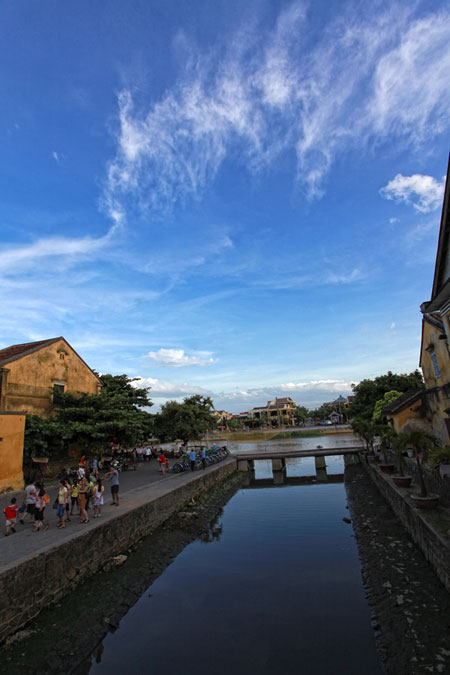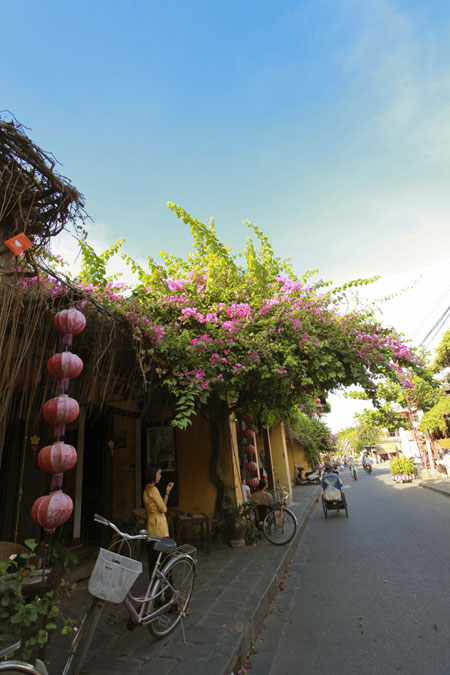Hoi An has many beautiful things to talk about and today we are discussing its cultural diversity. Located only 30 km from Danang city to the south and 40 km from My Son Holy Land to the east, Hoi An is regarded as one of the most attractive cities in Vietnam. Particularly, the Old Town of Hoi An was recognized to be a Word Heritage Site by UNESCO.
In the past, the western called Hoi An Faifo. The name Hoi An appeared a very long time ago and it is so difficult to define its exact time. `Thanks for a perfect location and favourable climate, Hoi An was a bustling international trade port, the meeting place of merchants from China, Japan and Western countries during the 17th and 18th centuries. Earlier, this place was the important seaport of the Champa Kingdom. In the 19th century, because of inconvenient water navigation, the port in Hoi An gradually retrograded. Since the 1980s, the architectural and cultural values of Hoi An drew the attention of tourists and scholars, which made it become one of the most visited destinations in Vietnam.
Hoi An is influenced by various cultures from different countries. During “pre-Hoi An” period, this place existed 2 big cultures, namely Sa Huynh and Champa. The first archaeological site of Sa Huynh was Sa Huynh street in Quang Ngai discovered by a French archaeologist. Following Sa Huynh is Champa culture from the 2nd to 15th century. The Cham kingdom ruled from Hue city to Phan Thiet, The specific relics of Champa culture are Hindu temples situated from the Central to the South and one of them is placed in the valley of Thu Bon River. At this place stands Tra Kieu, the original Champa political capital and My Son Holy Land-the spiritual centre.
In 1649, the defeat of Minh dynasty resulted in the mass migration of Chinese to Southeast Asia, many of them decided to settle in Hoi An. Thereby, Chinese culture was imported to Hoi An and diversify Hoi An culture.
The last remarkable culture is Vietnamese that came after the Champa dynasty lost its control in Hoi An. Aside from the cultural values through architectures, Hoi An also retains a diversity of rich intangible culture with customs, religious activities, folk art, cultural festivals. For this reason, Hoi An is considered as a living museum of architecture and urban lifestyle.

